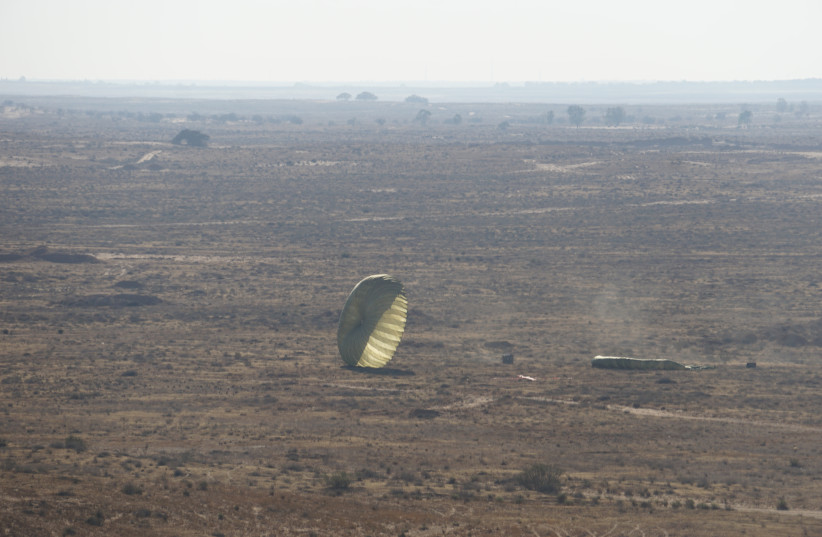The modern battlefield is more complex than it has been in the past. And for Israel’s forces, the challenges faced in confronting adversaries is made even more complex by the fact that its enemies often hide in areas where civilians are present. Armies therefore have to grapple with a variety of obstacles. These include using new technology to better communicate, rapid maneuvering, use of precision munitions and attempting to reduce casualties among both Israel’s forces and civilians.
The unique 99th Division
One of the Israeli units training this week to improve its skills is the 99th Division. It is one of the IDF’s new units and, according to the army, was established in the last two years and includes a cross-section of units that give the division “multi-dimensional” qualities.
According to an article at the IDF's website, the unit includes the “Kfir Brigade, the multi-dimensional ‘Ghost’ Unit and three additional reserves brigades.” It can therefore draw on unique capabilities, including technology, drones, commandos, a canine unit and air force officers who aid in conducting close air support missions.
In the drill this week, the officers from the division, including reservists, practiced a variety of skills. When we arrived at the training site near Tze’elim, the wind was blowing hard. Even though we were in Israel’s hot southern Negev desert, the weather was amicable.

“We understand today that no one can win alone and what works is working together, so we have to... make sure we work closely and learn and train together. ”
Air Force officer
Israel has established a number of sites over the years that replicate the kinds of environments soldiers may be forced to contend with, including mock villages and towns. This site included such a mock town, with tall buildings, mosques and realistic graffiti showing Palestinian flags and images of Hezbollah leader Hassan Nasrallah.
As part of the drill, officers were brought in from across the division to practice their skills. The point of having officers involved was to hone their existing skills so that they can pass them on to their troops. In one situation, a Black Hawk helicopter landed and soldiers practiced leaving the chopper with a “wounded” individual.

In another setup, the officers were divided into teams to examine maps of the fake town to pinpoint airstrikes. In a third scenario, the soldiers watched as Apache helicopters fired at an “enemy” position and then warplanes dropped a half-ton bomb on the same position. In a final scenario, a C-130 Super Hercules, known as the Shimshon in Hebrew, dropped supplies by parachute.
“We understand today that no one can win alone and what works is working together, so we have to... make sure we work closely and learn and train together,” said an officer from the air force. The point he was making, which other officers who have served for years in the IDF also concurred with, is that if in the past tanks or infantry might have fought as their units, today, combined arms and war of maneuver is the future.
Precedent of joint military exercises
This is nothing new – militaries have contended with how to combine air, naval and ground units in operations for a century. But the issue Israel faces is unique. It isn’t landing marine corps divisions on islands in 1942, but is rather facing a known enemy in Hezbollah, Hamas and other adversaries.
Those enemies have formed terror armies, tunneling under civilian neighborhoods and using rockets and other weapons. Israel’s recent Momentum plan has called for more digitization and use of tech in the army, as well as pushing information for frontline units. The goal of drills like this is to get these units to work well together and employ the new technology.
“We want to see that these officers know how to work with these Apaches [helicopters], or bombs from planes, in the fastest way possible, so that in the battle, when they recognize some enemy in their area, they can operate with all the opportunities from the air,” said another officer, describing the training.
At the end of the day, when the bombs had been dropped and the officers had executed their missions, the mock village became the scene of a mass outdoor cafeteria, with food passed around for the soldiers. The wind had tapered off and the soldiers were preparing for the scenarios that lie ahead in the coming months.
